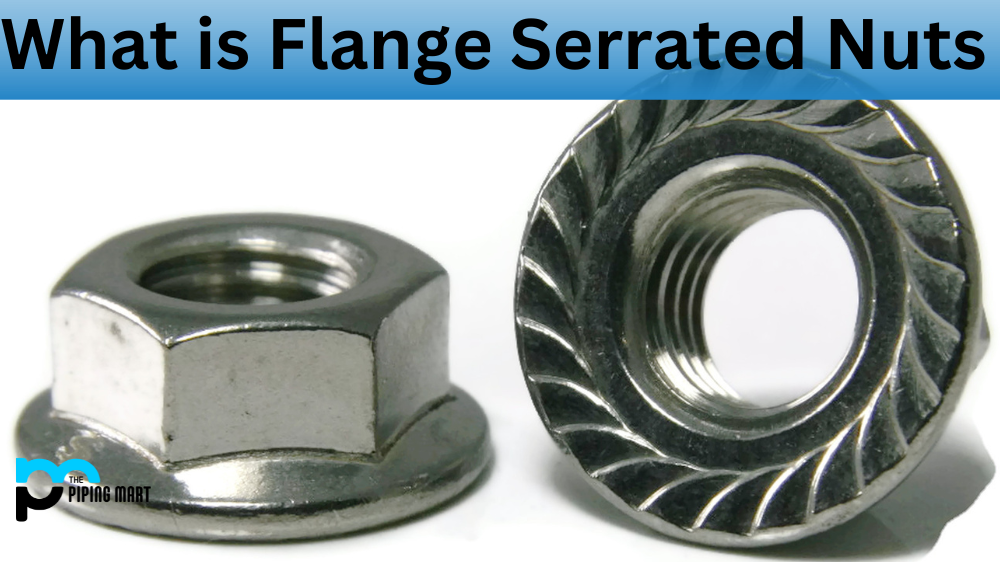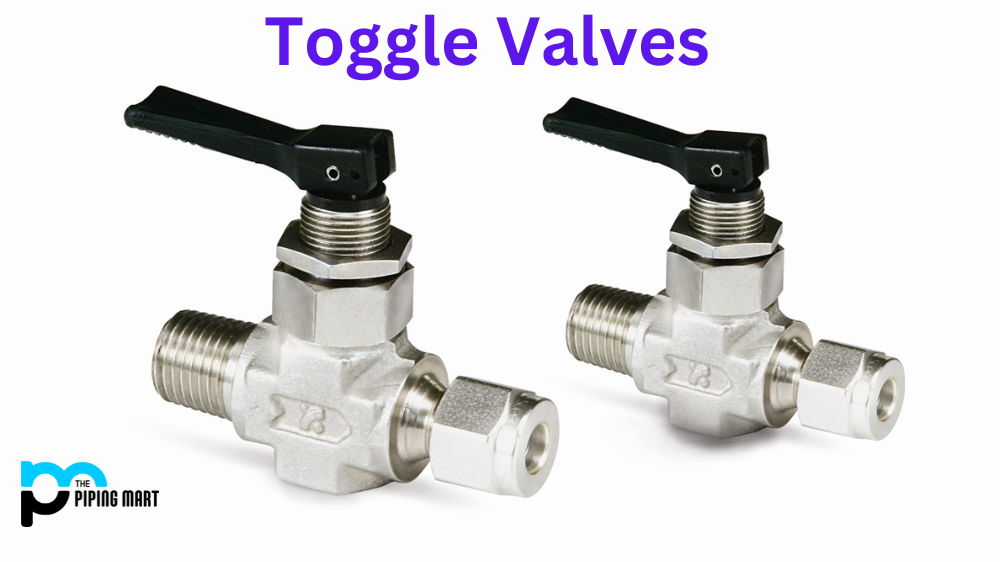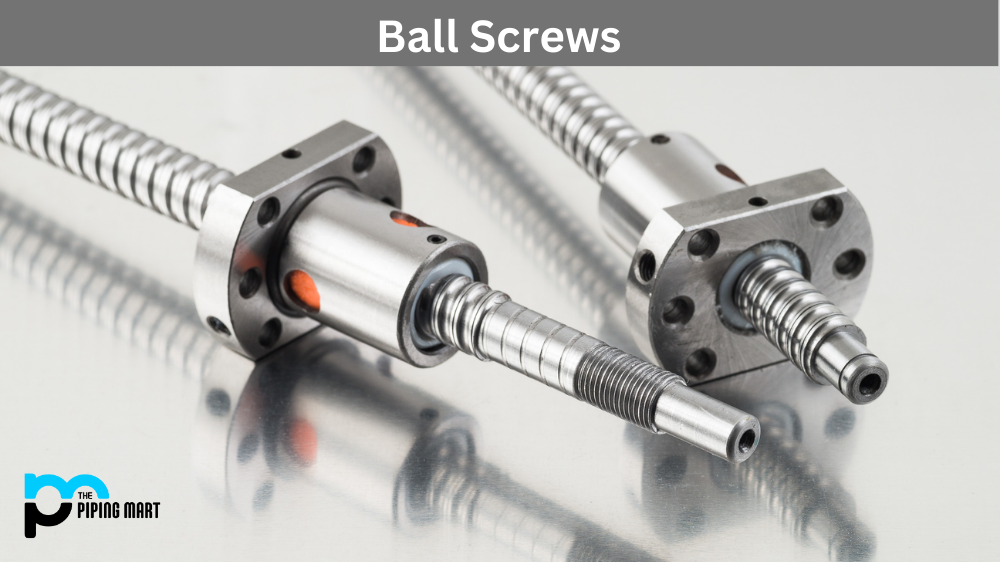Regarding construction, different kinds of bolts are used for other purposes. Among the most commonly used are Dyna bolts and anchor bolts. While both are designed to provide a strong and secure foundation, they have distinct differences that suit specific applications. So, if you plan to do DIY projects or renovate your home, you may wonder which one to choose. In this article, we’ll explore the differences between Dyna and anchor bolts and help you decide the best fit for your needs.
Dynabolt
Dynabolt, also known as sleeve anchor or expansion bolt, is used to anchor heavy items to solid structures such as concrete, stone, and brick. It consists of a threaded rod with a metal sleeve that expands when tightened, creating a secure grip on the material. Dynabolt is often used for supporting heavy machinery, gates, and fences.
Anchor Bolt
On the other hand, an anchor bolt is a threaded rod or bolt used to hold structural elements such as steel columns, beams, and concrete walls. It is typically embedded in concrete or masonry and can withstand significant loads and forces from wind, earthquake, and other factors.
How does Dynabolts Compare to Anchor Bolts?
Dynabolts and anchor bolts are similar in securing objects to concrete or masonry surfaces. Both bolts consist of a threaded rod with a hexagonal head inserted into a hole drilled in the surface. The bolts are then tightened using a wrench, which causes the head of the bolt to expand and grip the sides of the hole. However, there are some differences between Dynabolts and anchor bolts. For example, Dynabolts are designed for softer materials such as brick, while anchor bolts are designed for harder materials such as concrete. Additionally, Dynabolts have an expansion sleeve that helps to increase their holding power, while anchor bolts do not have this feature.
Installation
Dynabolts are relatively easy to install and require only a drill, anchor bolt, and wrench. You need to drill a hole into the material to the desired depth and then insert the sleeve anchor by tapping it into the hole until it is flush with the surface. Then, tighten the bolt using a wrench until it is snug against the surface.
On the other hand, anchor bolts require proper positioning and alignment during installation. They come in different types, including wedge, epoxy, and expansion, requiring additional preparation and installation methods. Anchor bolts are usually installed during the construction phase of the building and need a professional installation.
Strength and Durability
Dynabolts are designed to hold heavy weights and provide a reliable grip on solid materials. However, they are unsuitable for critical or high-load applications and may fail if subjected to extreme forces or loads. Dynabolts are also prone to corrosion and should be inspected and replaced if signs of deterioration are present.
Anchor bolts are much stronger and can withstand tensile, shear, and bending forces without breaking or failing. They are also more durable and resistant to corrosion and environmental factors, making them suitable for critical applications like bridges, skyscrapers, and industrial buildings.
Cost
Dynabolts are relatively inexpensive and readily available in hardware stores, making them popular for DIY projects and small-scale applications. The cost of dynabolts depends on the size, material, and quantity purchased, but they generally range from a few cents to a few dollars apiece.
On the other hand, anchor bolts are more expensive and require skilled labour and equipment for proper installation. The cost of anchor bolts depends on the type, size, and quantity purchased, but they can range from a few dollars to several hundred dollars apiece.
What are Some Advantages of Dynabolts Over Anchor Bolts?
Some advantages of Dynabolts over anchor bolts include their increased holding power due to the expansion sleeve and their ability to be used in softer materials such as brick. Additionally, Dynabolts are easier to remove than anchor bolts, making them more versatile for applications requiring frequent removal and replacement.
What are Some Disadvantages of Dynabolts over Anchor Bolts?
Some disadvantages of Dynabolts over anchor bolts include their increased cost and decreased availability compared to anchor bolts. Additionally, Dynabolts require special tools for installation and removal, which may only be available to some.
Conclusion
In summary, Dyna and anchor bolts are essential for construction and provide a secure and stable foundation for structures. While Dyna bolts are suitable for small and medium-sized applications and require minimal skill to install, anchor bolts are ideal for critical and high-load applications and require professional installation. Therefore, when choosing between Dyna bolts and anchor bolts, consider the load capacity, installation requirements, and cost before deciding.

Pipingmart is a B2B portal that specializes in metal, industrial and piping items. Additionally, we share the latest information and information about materials, products and various types of grades to assist businesses that are involved in this business.




